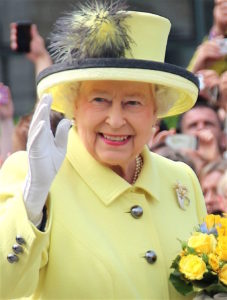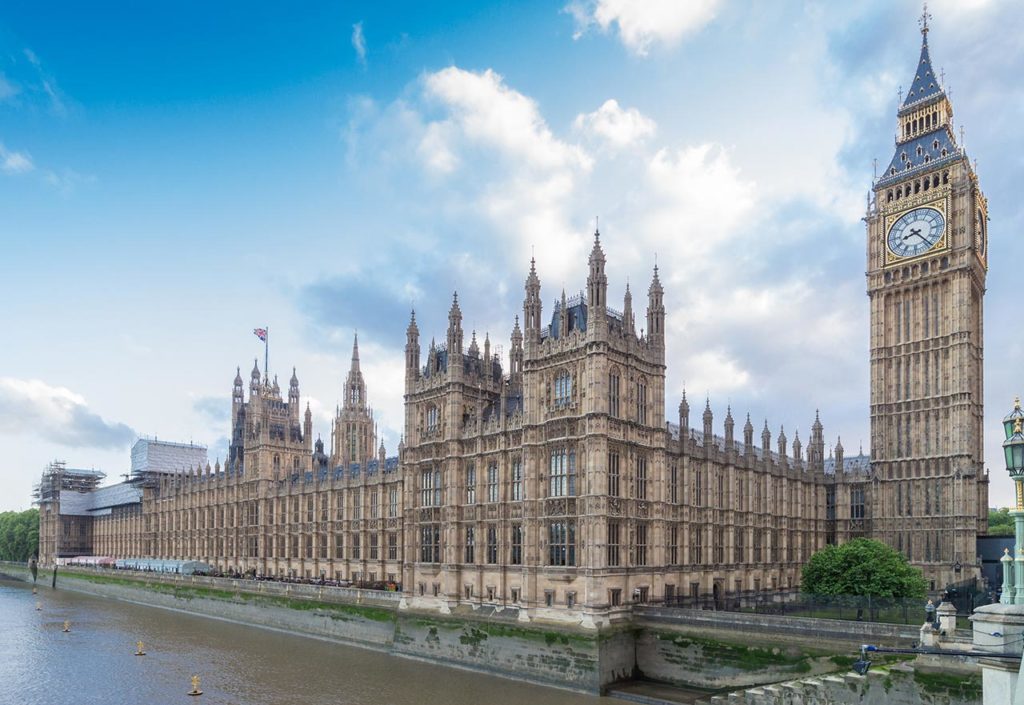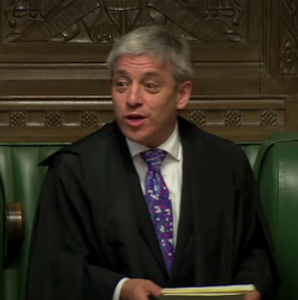The Queen: Puppet or Powerhouse?
Late 2019’s political developments have bought about a sharp focus on Her Majesty Queen Elizabeth II and her role – or perhaps lack thereof – in political decision making. Considering the scrutiny placed upon the Queen after the Prime Minister advised her to prorogue Parliament in September 2019, it should be outlined, especially in light of future Brexit developments, the powers that the monarch actually possesses. In order to place these powers and their interplay with the government and Parliament, it should also be questioned how the Queen’s current powers differ from those of monarchs historically.
What Powers did the Monarch Historically Have?
A monarchy is essentially a form of governance, in which the monarch holds sovereign authority until death or abdication. This power, of course, varies from purely symbolic in nature to restricted powers under a constitutional monarchy (like the UK’s currently), to the more extreme and historically contextualised autocratic or absolute monarchy. It is this latter form, linked to the theory of divine right in the West, that gave early English monarchs their absolute power. Compared to the restricted powers of the Queen, monarchs before the 13th century were at will to control their subjects and rule according to their whims; however, this autocracy began to slowly erode with the signing of the Magna Carta in 1215. This established, not without controversy at the time, that the Monarch were subject to the law as agreed; at the time, this was the King and the Magna Carta represented the first great public act of the nation, agreed upon by the Barons at the time. This erosion arguably culminated, however, in the Glorious Revolution of 1688 with the deposition of James II and VII, establishing the true constitutional monarchy. The monarch’s powers were limited further by the Bill of Rights 1689, a direct result of the Revolution the year before, and Act of Settlement 1701. The Bill of Rights, in particular, allowed for the first time for the Regent’s power to be defined, written down and limited. While much constitutional convention has been established since, as will be discussed below, this radical change in monarchy power restriction essentially left us with the current framework from which the Queen operates. Her power is still formally possessed but, by convention, is effectively only ceremonial as the British Parliament and government exercise their powers under the Royal Prerogative on behalf of the Queen.
What Powers does the Queen Actually have?

While clearly restricted in the exercise of her powers, the Queen still possesses a number of these, known as the Crown Prerogative, or prerogative powers. These are powers held in reserve by the Queen; however, the sovereign also has some core rights other to these. Walter Bagehot, essayist and author of The English Constitution (1867), famously attributed three rights, and arguable duties, to the sovereign – to be consulted, to encourage and to warn. In fact, the Queen is entitled to express her opinions on governmental policy to her chief minister; however, these are treated as confidential between the Queen and the Prime Minister. It is therefore, at times, hard to tell the subtle influence the Monarch has. In light of this, at least in theory, Bogdanor’s assertion, in his book The Monarchy and the Constitution (1995), that ‘the wise use of influence will obviate the need for the use of the prerogative powers’ rings true. Due to this, while the Queen retains serious power, it could be seen to be primarily be used by way of influence before the final decision is reached with regard to policy. Though the cardinal convention is that the sovereign must act upon the advice of her ministers, there is a rather unsettled boundary as to when said advice is final and must be obeyed. Lord Esher’s observation, when advising King George V, makes for an interesting point of thought as there is a lack of clarity in ascertaining when the Queen (or any sovereign) must concede:
If the Sovereign believes advice to him to be wrong, he may refuse to take it, and if his minister yields the Sovereign is justified. If the minister persists, feeling that he has behind him a majority of the people’s representatives, a constitutional Sovereign must give way.
Lord Esher advising King George V
One of the key powers is that of Royal Assent whereby the Crown must agree to proposed legislation before it can be passed into law. This is also compounded by the fact that the Queen must act on the advice or her ministers. The reason behind this is that conventionally, the monarch is not permitted to hold political opinions and this avoids compromising her constitutional status; however, there is a thought experiment of what might happen if the queen decided not to do this, perhaps if confronted by an Abolition of the Monarchy Bill. This assent is often considered to be merely a formality; though, technically, the Queen has the right to veto or reject bills presented, but the last monarch to do this was Queen Anne in 1708. This would have the potential to plunge the country into a constitutional crisis. There is, however, a balance of trust vested in the Crown in Parliament that would make this rather unlikely, as well as the public outrage this would likely cause. The phrase ‘Queen in Parliament’ is used to describe the British legislature, consisting of the Sovereign, the House of Lords and the House of Commons.

While Royal Assent may be one of the most recognised powers held by the Queen, especially by law students, it is far from the only one to be aware of. The Queen can also appoint ministers; while most government officials in the UK have to be voted into office, she can select advisors and cabinet officials herself. She is also responsible for appointing a new Prime Minister after a general election, or after a former Prime Minister resigns (as would have been the case when Boris Johnson took over the position from Theresa May earlier in 2019). The Queen also retains the right to declare war against other nations; however, the Prime Minister and Parliament usually take up this power. The last time this power was utilised by a monarch was in 1939 by George VI. Furthermore, the Queen is able to issue a Royal Pardon to anyone convicted of a crime as was the case posthumously for famous World War II codebreaker Alan Turing in 2013. The Queen is also technically responsible for issuing passports; however, while these are given in her name this power is exercised for her by her ministers.
Brexit and the Queen’s Powers

The final power, though there are others, to consider here is one of a rather topical concern considering the action of Prime Minister Johnson in September 2019. The Queen has the power to prorogue Parliament . Now, when this occurred they was, understandably to an extent, criticism, with the Speaker Jon Bercow calling it a “constitutional outrage”; however, the Queen cannot be said to be behind this move, though technically she was the one to call for it. In the words of James Palmer with regard to this incident and the monarch, “they’re a hinge on a door pushed by someone else”. This being said, after the potential embarrassment caused by the recent September 2019 Supreme Court ruling that the prorogation was unlawful, the Queen has been reported by several sources to have sought legal advice as to the possibility of removing Prime Minister Johnson if he fails to seek an extension under the Benn Act or refused to step down after a vote of no confidence. Linking back to the above powers and rights, it is clear that the Queen does not expressly possess the reserve power to remove a Prime Minister; however, it was argued in a 2003 Select Committee Report that the Queen may “in grave constitutional crisis… act contrary to or without Ministerial advice”. This is, of course, rather unprecedented, but in the light of potential constitutional crisis, fire may be the only way to fight fire; however, this is entirely speculative, if illuminating, as to what may occur later in 2019 with the October deadline approaching.
Summary
With Parliament having returned earlier in September 2019, and the current Brexit deadline of the 31st October fast approaching, as well as rumblings of no confidence votes and extension refusal possibilities, the Queen’s role in the constitution and the powers she can and may exercise gain increased importance. From the above, it appears that she possesses quite substantial power, but this is checked by convention; however, we live in tumultuous times and constitutional crisis could offer the chance to explore just how far such powers may stretch or even overstretch. As ever, we will endeavour to provide updates as the legal and constitutional consequences of Brexit continue to unfold.